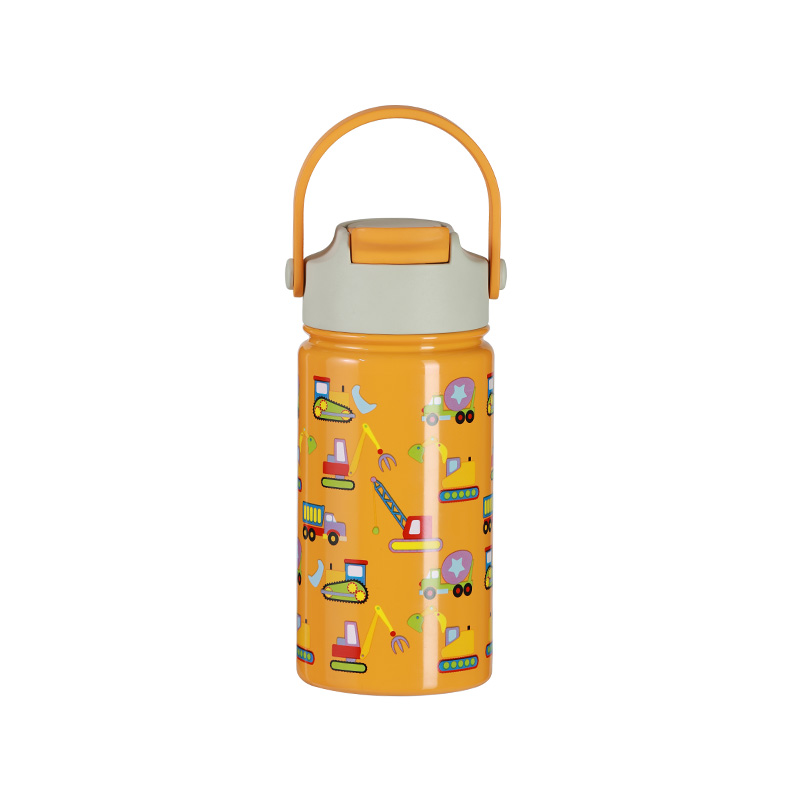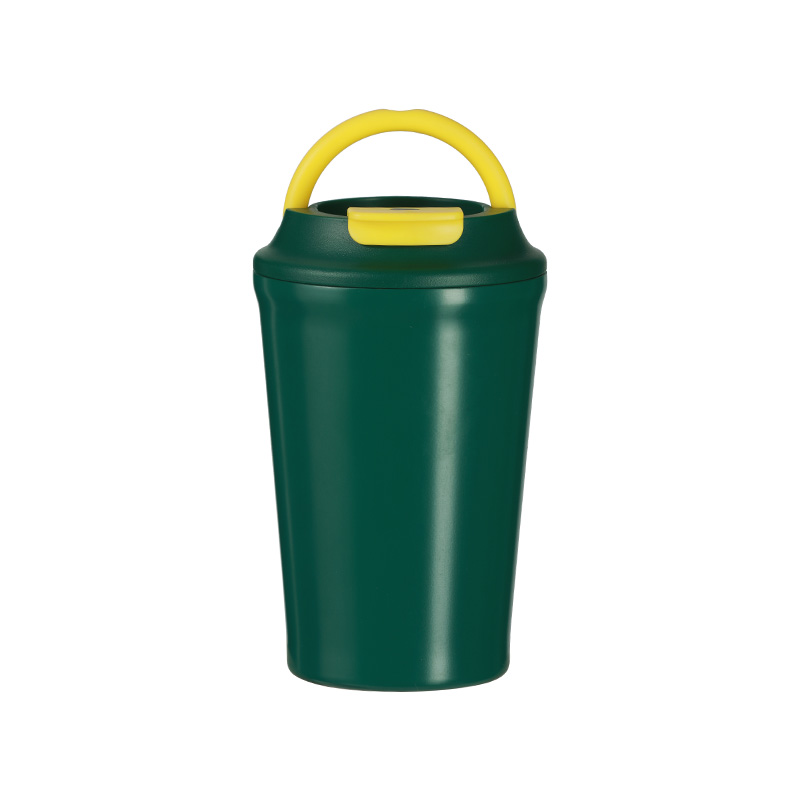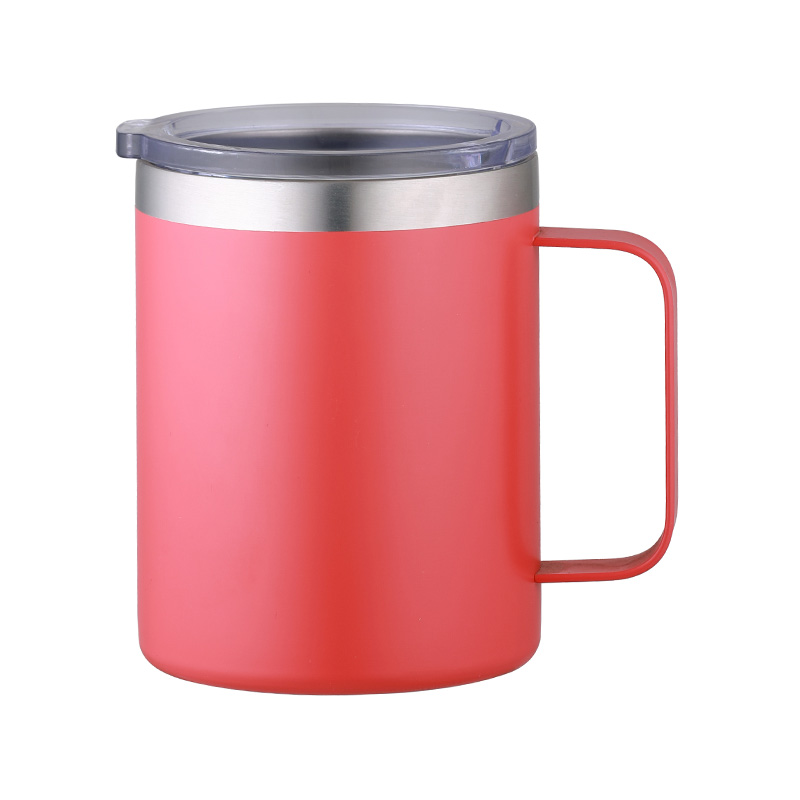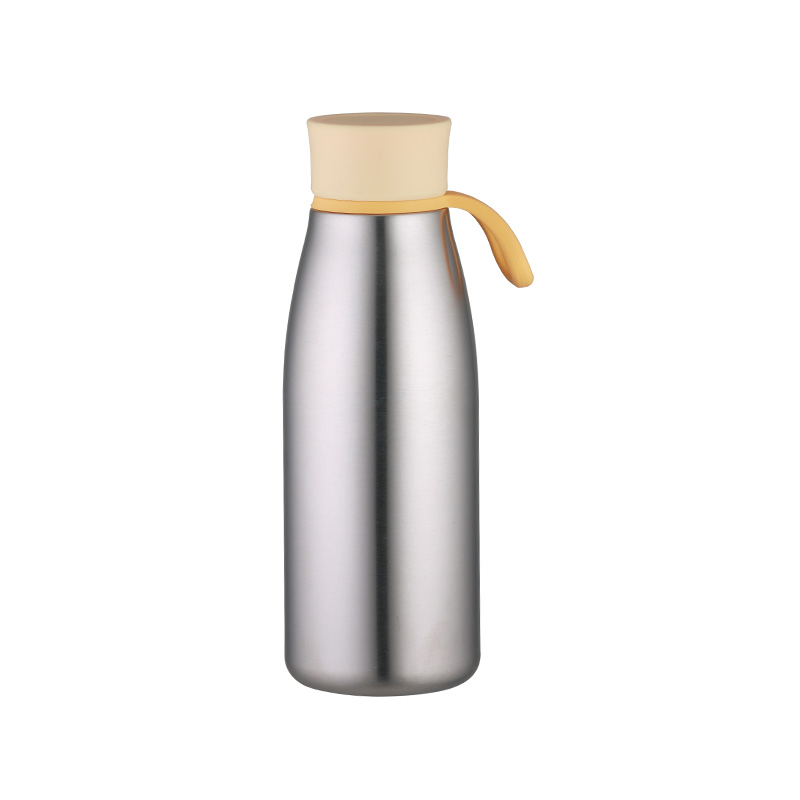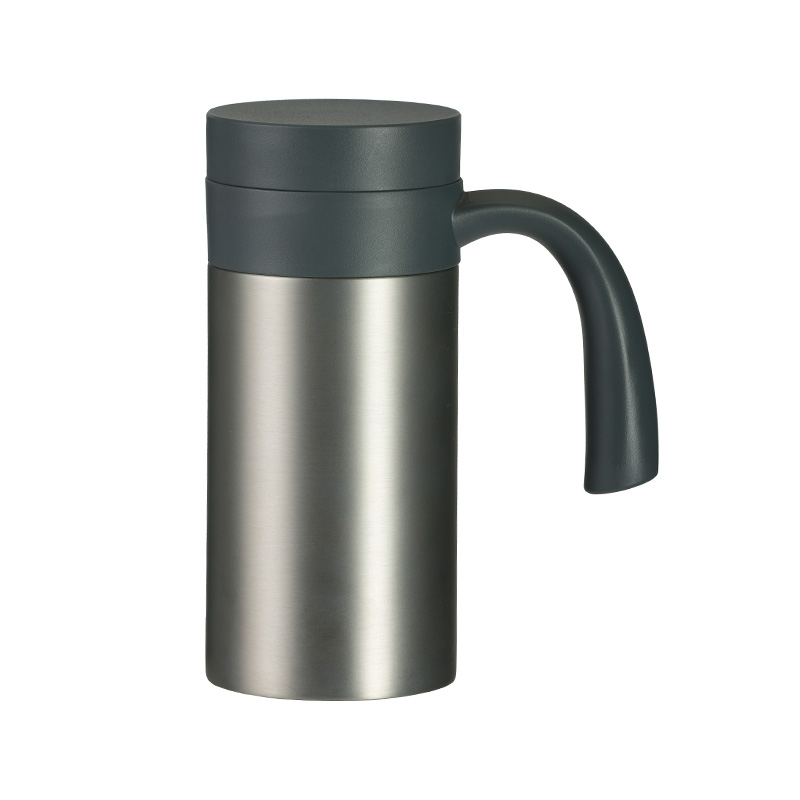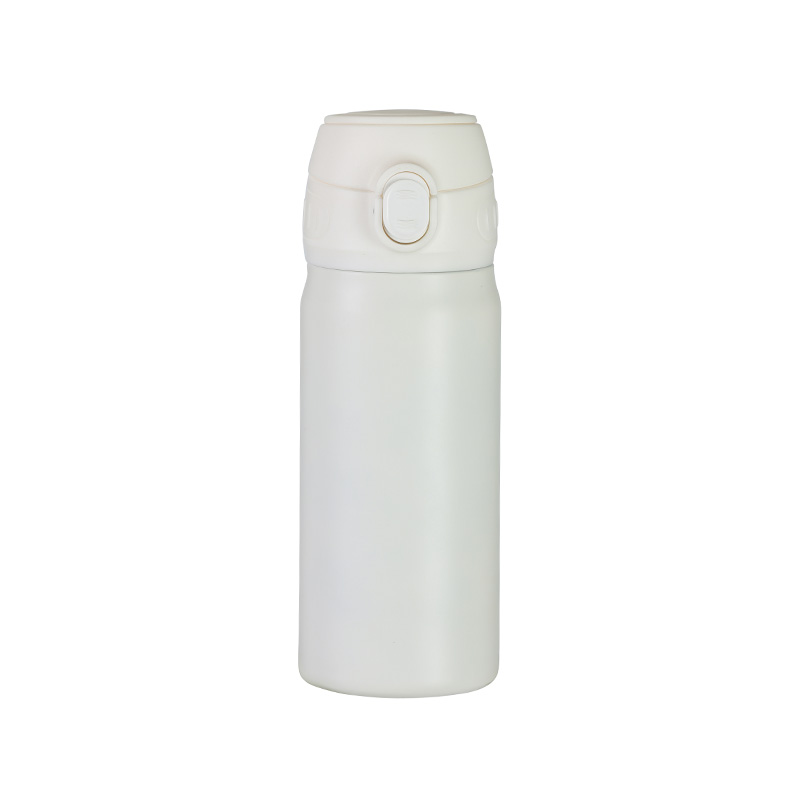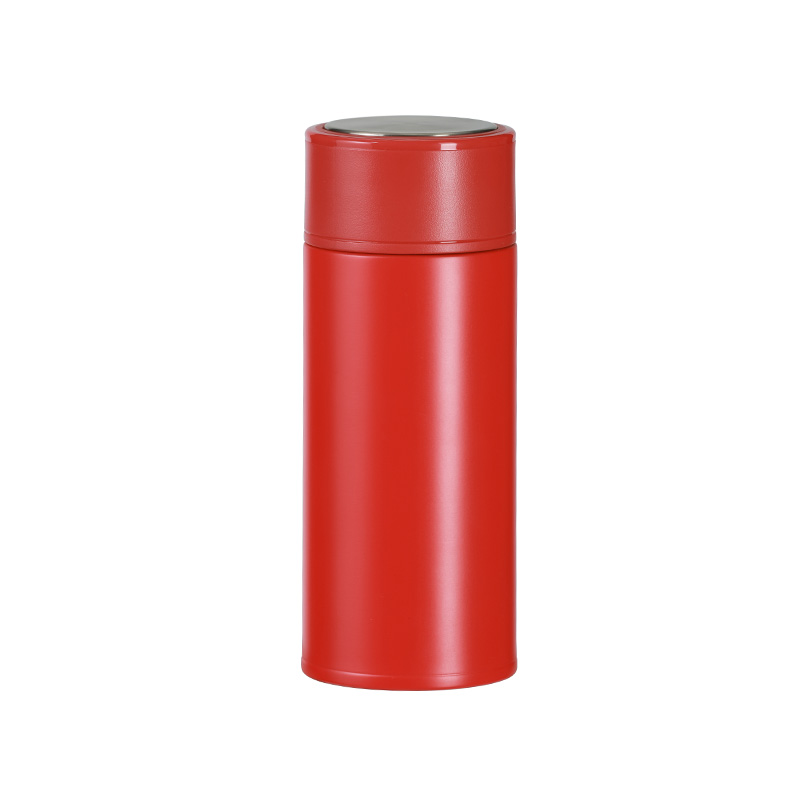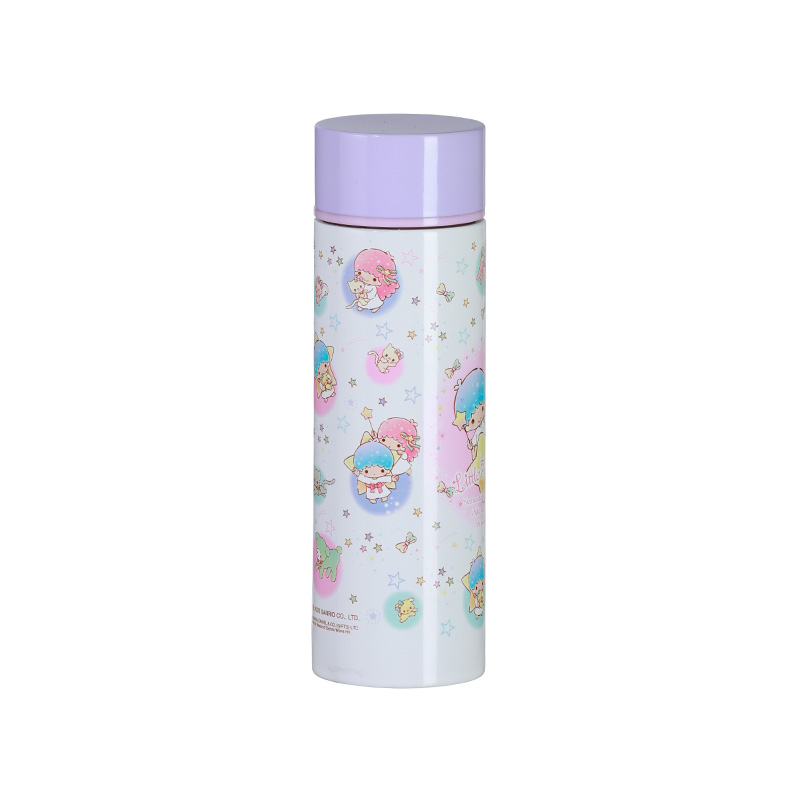The stainless steel vacuum pot originated as an evolution from traditional vacuum flasks, aiming to improve durability and thermal performance. Early versions of vacuum containers often used glass inner liners, which, while effective in insulation, were fragile and prone to breakage. The introduction of stainless steel as the main material for the vacuum pot addressed these challenges by offering a robust and corrosion-resistant alternative.

One of the key milestones in the development of the stainless steel vacuum pot was the improvement of vacuum insulation techniques. The vacuum between the inner and outer walls of the pot significantly reduces heat transfer by conduction and convection, which is why the pot can keep liquids hot or cold for hours. Over time, manufacturers refined the vacuum sealing process to enhance durability and maintain the vacuum longer, ensuring consistent temperature retention.
Material quality has always been central to the performance of the stainless steel vacuum pot. Using food-grade stainless steel, typically grades 304 or 316, provides corrosion resistance and prevents the pot from imparting any unwanted flavors to the contents. As manufacturers, we emphasize strict material selection standards to ensure that the pots remain safe and reliable over years of use.
The design of the stainless steel vacuum pot has also evolved to improve usability and aesthetics. Early models were simple and utilitarian, but today's pots incorporate ergonomic handles, secure lids with pour spouts, and compact shapes that suit modern lifestyles. From our manufacturing perspective, these design enhancements not only improve user convenience but also contribute to the pot's market appeal.
Another important aspect in the development of the stainless steel vacuum pot is safety. The outer surface remains cool to the touch, even when the contents are hot, reducing the risk of burns. The lids and seals are designed to prevent leaks and spills, which is essential for carrying hot liquids safely. We focus on engineering lids that provide airtight closure while being easy to open and clean.
The environmental benefits of the stainless steel vacuum pot have also influenced its development. As a reusable container, it reduces reliance on disposable cups and plastic bottles, aligning with growing sustainability concerns. The durability of stainless steel means the pot has a long service life, waste. Manufacturers continue to improve production processes to reduce environmental impact, including energy-efficient manufacturing and recyclable materials.
Customization and variety are notable trends in the stainless steel vacuum pot market. Consumers seek pots in various sizes, colors, and finishes, often with features like non-slip bases or additional filters for tea or coffee. We offer a broad range of options, tailoring products to different preferences and uses, which expands the function and appeal of the stainless steel vacuum pot.
Technological advancements have further enhanced the stainless steel vacuum pot. Innovations in sealing materials, such as food-grade silicone gaskets, improve leak resistance and durability. Some pots now include digital temperature indicators or smart lids that track the beverage temperature, integrating modern technology into a traditional product.
Ease of cleaning is another factor that has improved throughout the stainless steel vacuum pot's development. Wide-mouth designs allow for thorough washing by hand or in dishwashers, helping maintain hygiene. We prioritize smooth interior surfaces and detachable components to facilitate maintenance, an important consideration for consumers.
In manufacturing, quality control is essential to ensure the stainless steel vacuum pot performs reliably. Each pot undergoes rigorous testing for vacuum integrity, pressure resistance, and material safety. We implement strict inspection protocols to identify any defects that could compromise insulation or safety, guaranteeing a high standard of quality.

 English
English 日本語
日本語